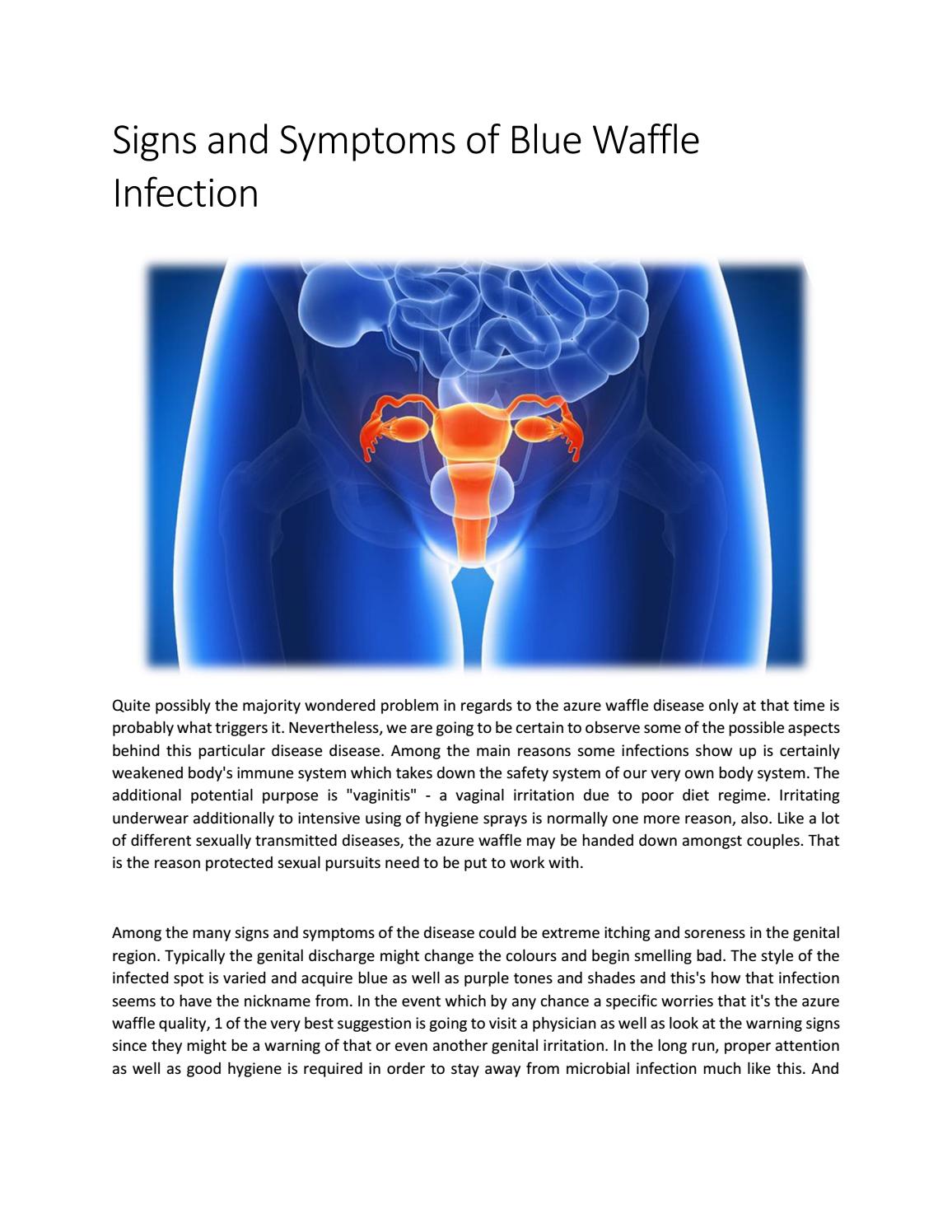Er Verbs Spanish: Unlock Fluent Conversation Now
Mastering the verb conjugations in Spanish is essential to unlock fluent conversation. Spanish verbs can be challenging, but understanding their conjugations and uses can make a significant difference in your ability to communicate effectively. In this article, we’ll delve into the world of Spanish verbs, focusing on the “er” verbs, and provide you with a comprehensive guide to improve your speaking skills.
Introduction to “er” Verbs
“Er” verbs in Spanish are part of the regular verb conjugations, which also include “ar” and “ir” verbs. The “er” verbs follow a specific pattern of conjugation in the present, preterite, imperfect, and other tenses. Some common examples of “er” verbs include “comer” (to eat), “vender” (to sell), and “beber” (to drink). Understanding how to conjugate these verbs is crucial for forming sentences and expressing yourself in Spanish.
Conjugation Patterns of “er” Verbs
The conjugation of “er” verbs in the present tense is relatively straightforward. For example, the verb “comer” (to eat) is conjugated as follows:
- Yo como (I eat)
- Tú comes (You eat)
- Él/ella/usted come (He/she/you eat)
- Nosotros/as comemos (We eat)
- Vosotros/as coméis (You all eat - used in some parts of Spain)
- Ellos/as comen (They eat)
This pattern applies to all regular “er” verbs, making it simpler to learn and use them in sentences.
Using “er” Verbs in Different Tenses
While the present tense is essential for basic communication, being able to use “er” verbs in various tenses can significantly enhance your conversational skills. Let’s look at the preterite and imperfect tenses as examples.
Preterite Tense
The preterite tense is used to describe completed actions in the past. For “er” verbs, the preterite conjugation involves changing the verb ending. Using “comer” as an example:
- Yo comí (I ate)
- Tú comiste (You ate)
- Él/ella/usted comió (He/she/you ate)
- Nosotros/as comimos (We ate)
- Vosotros/as comisteis (You all ate)
- Ellos/as comieron (They ate)
Imperfect Tense
The imperfect tense describes ongoing or repeated actions in the past. For “er” verbs, the imperfect conjugation is as follows, using “comer” again:
- Yo comía (I used to eat/I was eating)
- Tú comías (You used to eat/You were eating)
- Él/ella/usted comía (He/she/you used to eat/He/she/you were eating)
- Nosotros/as comíamos (We used to eat/We were eating)
- Vosotros/as comíais (You all used to eat/You all were eating)
- Ellos/as comían (They used to eat/They were eating)
Practical Applications and Examples
To improve your fluency, it’s essential to practice using “er” verbs in context. Here are a few examples of how you might use “er” verbs in conversation:
- Hoy, yo como una manzana. (Today, I eat an apple.)
- Ayer, ella comió una ensalada. (Yesterday, she ate a salad.)
- Cuando era niño, comía mucho cereal. (When I was a child, I used to eat a lot of cereal.)
Enhancing Your Conversation Skills
Improving your ability to converse in Spanish requires practice, but focusing on “er” verbs can give you a solid foundation. Here are some tips to enhance your conversation skills:
- Practice Regularly: Try to practice speaking and listening in Spanish every day, even if it’s just for a few minutes.
- Use Flashcards: Flashcards can be a great tool for memorizing verb conjugations, including those of “er” verbs.
- Watch Spanish Media: Watching Spanish movies, TV shows, or listening to podcasts can help you get used to the sound and structure of the language.
- Engage in Conversations: Look for language exchange partners or practice speaking with native speakers to improve your fluency.
Conclusion
Mastering the “er” verbs in Spanish can significantly enhance your conversation skills, allowing you to express yourself more effectively and engage in fluent discussions. By understanding the conjugation patterns, practicing their use in different tenses, and applying them in real-life conversations, you can improve your Spanish proficiency. Remember, the key to fluency is consistent practice and exposure to the language.
FAQ Section
How do I conjugate "er" verbs in the present tense?
+To conjugate "er" verbs in the present tense, you change the ending of the verb based on the subject. For example, "comer" (to eat) becomes "como" (I eat), "comes" (you eat), "come" (he/she/you eat), "comemos" (we eat), "coméis" (you all eat), and "comen" (they eat).
What's the difference between the preterite and imperfect tenses for "er" verbs?
+The preterite tense is used for completed actions in the past (e.g., "comí" - I ate), while the imperfect tense is used for ongoing or repeated actions in the past (e.g., "comía" - I used to eat or I was eating).
How can I practice using "er" verbs in conversation?
+Practice using "er" verbs by creating sentences that reflect your daily activities or interests. Try to use them in different tenses and contexts. You can also engage in conversations with native speakers, watch Spanish media, or use language learning apps to improve your skills.
By following these guidelines and practicing diligently, you can unlock fluent conversation in Spanish, focusing on the versatile and essential “er” verbs. Remember, mastering any language takes time and effort, but with persistence and the right approach, you can achieve your goals and become proficient in Spanish.

